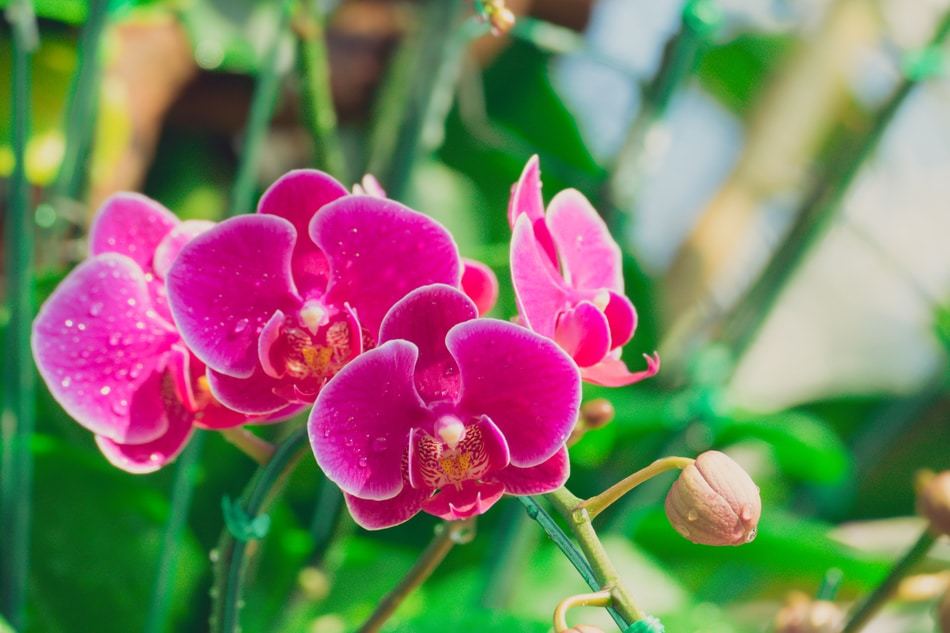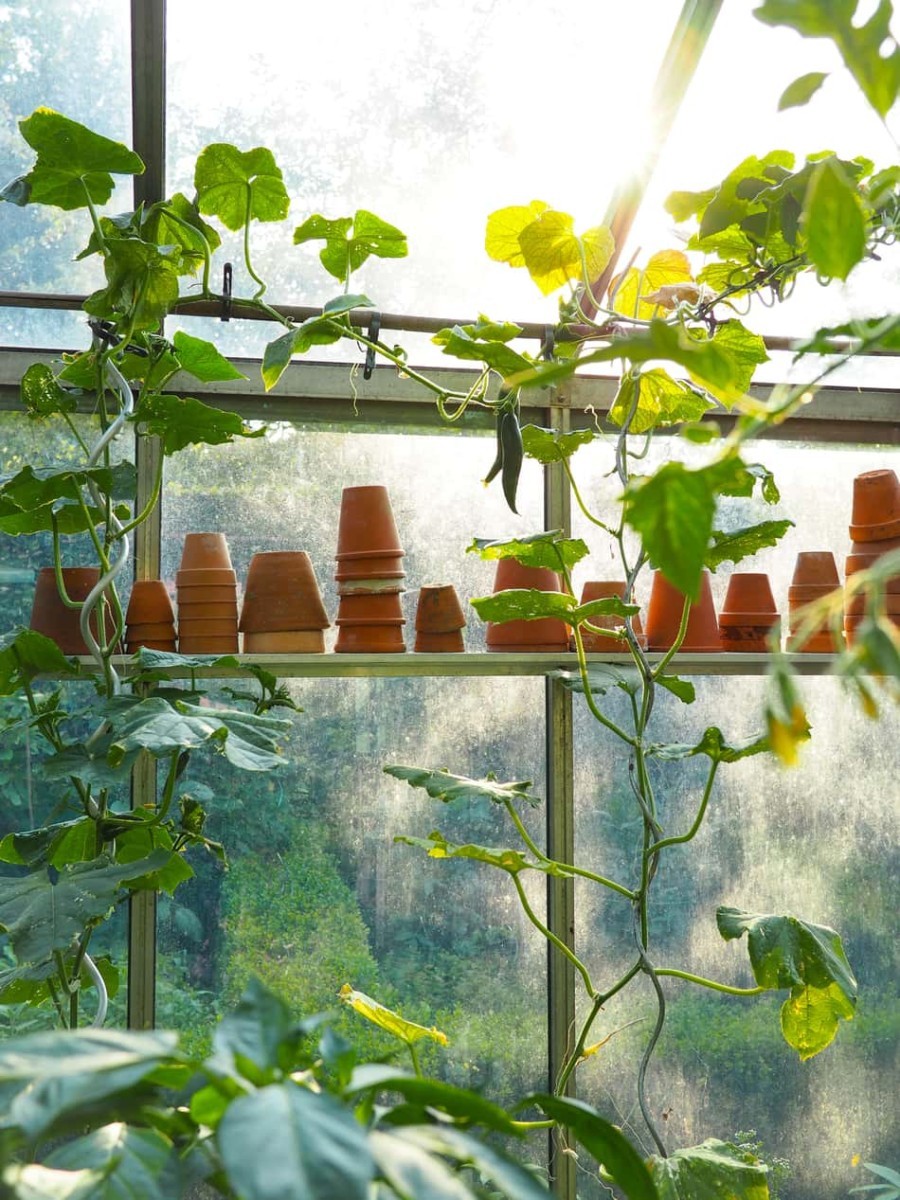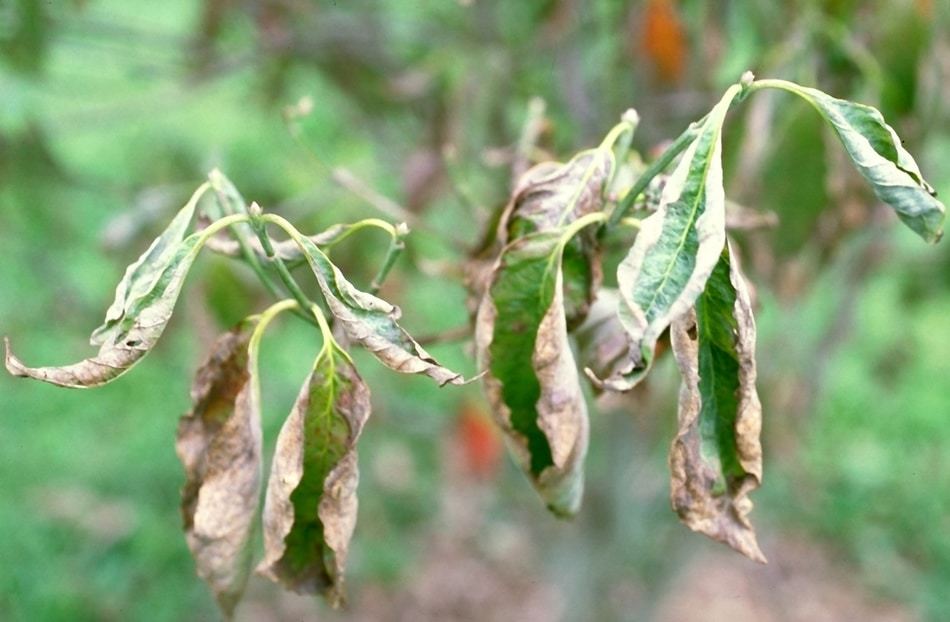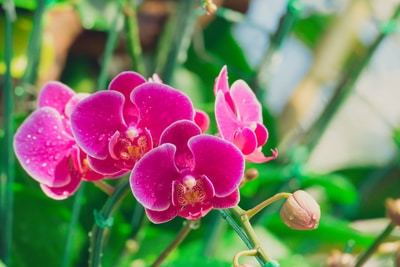Last summer, I visited my aunt, who happens to have a greenhouse, and her greenhouse is in a full-sun area of her yard. No shade, no trees, nothing but sun all day, every day. I was curious how she decided on such a sunny spot, and if that much sun was actually a good idea with a greenhouse. So, I decided to research it to get the facts.
Generally, a greenhouse should get full sun, at least 6 hours per day, especially during the winter. Site your greenhouse to avoid shadows from buildings & trees, since many plants do best in full sun. However, in especially sunny climates, high altitude areas, or for shade-loving plants, partial shade can be better.
If you’re considering grow lights to give your plants more light, you might want to read about whether natural or artificial light is better for plants.
Choosing the ideal location for your greenhouse to ensure the most sunlight and warmth can be especially tricky.
Especially if you live in a colder region or have taller plants that could possibly block smaller plants from sunlight.
What’s more, some plants require more sunlight than others, which affects where you place them in the greenhouse.
However, if you live in an area where the sun is especially strong–like the desert southwest, or at higher altitude–you might actually want partial shading. Especially if you want to grow plant varieties that’d burn in full sun.

Why Location Matters
Location is crucial to how much light your greenhouse gets.
Generally, you’ll want to site your greenhouse south of any buildings or trees that could potentially cast shade on your greenhouse.
Trees can be tricky, since–depending on the species–they might be fast-growing, so you’d want to plan ahead for when the tree gets taller.
A teeny sapling won’t cast much shade. But 3 or 4 years down the line, that li’l sapling could get big. So big that it’ll shade your greenhouse & put a damper on how much sun you get. And all that shade could stymie how much your plants can grow.
North, south, east, or west: how to decide your alignment
Note that if you live in the southern hemisphere, you’d want to site your greenhouse to the north of any buildings or trees.
If you don’t know which hemisphere you’re in, then you’re either a flat-earther (please go away now) or you’ve got bigger problems than I can help you with…
OK, now there are generally 2 options when it comes to positioning your greenhouse. Either:
- orient your greenhouse along the north-south axis, or
- orient your greenhouse along the east-west axis.
Generally, if you live further north or in a colder climate, you’d want to orient your greenhouse along the east-west axis, since it’ll get more sun during the cold winter months.
The foundation is, uh, foundational
When building your greenhouse, you always want the structure to be on a stable, flat piece of land free from hills or dips or any major interruptions in the terrain.
Also, make sure to clear the area of rocks, stumps, or other obstructions that might get in the way of building a stable foundation.
Watch out for roots, since over time, they can grow under your foundation, and buckle it, causing it to warp upwards. That foundation warping can actually cause big headaches & costly reconstruction costs if you need to repair your frame or glazing.
Seriously, watch out for roots! This is yet another reason to site your greenhouse away from trees.
In addition, make sure your greenhouse foundation is flat & level. You can use a simple spirit level or even the app on your phone to see whether the foundation walls & floor are level.
A level foundation & floor will ensure that your plants are all evenly watered and receive uniform light, soil, shade, and water.
How much sunlight do specific plants require?
OK, so I could just give the stock answer, “It depends.” And I’d be accurate, but it wouldn’t be helpful.
Here’s a simple chart to help decide how much sun different plant varieties require:
So here’s a general rule of thumb: Most garden vegetables require a full dose of 6 to 8 hours of direct sunlight per day, even longer for some varieties.
In general, most plants you will be planting in a greenhouse are sun-thirsty greens and a full day of sun may or may not be enough.
However, leafy vegetables like lettuces, spinach, and kale need the least daily hours of sunlight. They’re actually pretty shade tolerant.
In fact–especially during the middle & late summer–leafy greens can do better with less sunlight. That’s because once they flower, the greens turn bitter. So, you’ll want to prevent them from flowering.
Root vegetables such as potatoes, carrots, and radishes are the happy medium that can grow in part shade. They do best in a half-day (about 3 to 4 hours) of direct sunlight.
Most vine vegetables such as tomatoes, peppers, and squash thrive best in full sun.
|
Amount of sunlight |
Plant varieties |
|---|---|
|
Shade tolerant |
Leafy greens (spinach, kale, lettuce) |
|
Medium Sun |
Root veggies (potatoes, carrots, radishes) |
|
Full Sun |
|
When to use artificial lighting
Sometimes natural light isn’t enough for your plants to reach their full potential.
If you’re growing plant varieties that need full sun all day to thrive, but your greenhouse gets shade from buildings or trees, then you might want to use supplemental grow lights.
Another reason you might want to supplement your plants with grow lights would be if you’re in a northern latitude but want to get an earlier start on the growing season.
In the late winter & early spring months, the days are still short. So, grow lights can help until the days are longer.
Likewise, you can extend the growing season in the fall by using grow lights.
Artificial lights can also supplement natural sunlight by ensuring the plants get high intensity light year round. That way, you’ll be unaffected by the whims of nature.
There are a few cons to artificial lights though. You have to be cautious about which lights you choose, as some lights that are either in the yellow range or emit heat can also be harmful to the plants.
You can check out a more detailed explanation of how different colors of light affect plants.
Misuse of artificial lights can also harm the plants by providing too much light and heat–which brings us to our next topic.

Is too much sunlight a bad thing?
After all of this discussion about how important sun exposure is to your plants, let’s backtrack a bit, since–especially for some plant varieties–too much sun isn’t always a good thing.
Yep, too much or too little sunlight can be detrimental to your plants’ health.
I’ve grown some pretty hardy sun-loving plants in my day that suffered through summer after summer of the burning Texas sun, and would sometimes give up the ghost and wither away.
However, most times, too much sunlight is harmful due to overheating rather than an overabundance of light. Too much heat can harm plants, which is why ventilation and fans can be helpful to your plants’ health, especially during the summer.
In many cases, too much light exposure is due to grow lights being left on overnight. Maybe you’re binge-watching Netflix & forget to turn off the lights–whatever. It happens.
Timers for grow lights are a great solution–you can sit on the couch, TV remote in hand, and never worry about your plants getting sunburnt.
Even sun-loving plants such as tomatoes, corn, and beans can be subjected to the hazards too much light exposure can produce. While they’re hardy enough to endure a full day of sun, they and their shade-loving comrades can become sunburned by too much light.
Not only that, but plants can get bleached and pale as the overexposure to light interferes with their natural photosynthesis process.
Too much sunlight can also lead to brown leaves and wilting.
On the other hand, not enough sunlight is just as detrimental to the well-being of your plants. If your garden veggies aren’t getting enough light, they will grow spindly and tall, searching for sunlight. The weakened and elongated plants won’t ever recover fully.
Without sunlight, the plants are essentially starving as they can’t make enough food without enough light for photosynthesis. Yellowing, small leaves can be a sign of not enough light exposure, as well as a lack of flowering and growth.
Overall, it’s best to give your plants the sunlight they need, not too much and not too little.
Related Questions
How warm should your greenhouse be?
The ideal temperature is 80 to 85 degrees Fahrenheit. Most greenhouses need proper ventilation to circulate air, to prevent overheating & the growth of mold & disease. A thermostat can help you monitor this and keep the temperature within a healthy range.
What’s the minimum amount of sunlight your greenhouse should get?
The minimum amount of sunlight your greenhouse should get depends on what kind of plants you’re growing. A rule of thumb is to make sure your greenhouse gets at least 6 hours sunlight a day in winter. If the minimum amount of natural light can’t be obtained, that’s when grow lights become a necessity.
Should you choose glass, polycarbonate, or plastic for your greenhouse?
Glass was once the most popular material for greenhouses, but technology has caused the market to widen in newer and more efficient ways, including materials such as plastic and polycarbonate. All of these options have their share of pros and cons.
Glass has the traditional look that can be favored by aesthetic gardeners. It also has a longevity and transparency that the others lack. However, its cons include a tendency to be fragile. Glass also happens to be very poor at conserving heat, while at the same time being prone to burn plants by too much translucence. Glass is also heavier than the other options and may require sturdier frames.
Plastic is the least aesthetically pleasing, as it consists of a plastic film that is popular due to its affordability and toughness. This tends to be more widely used among commercial gardeners. Plastic film also helps in shielding the plants from the burning rays of the sun with its slightly opaque skin, unlike glass. Unfortunately, it doesn’t last as long as the other two options and needs replacing more often. Plastic also can have a tough time conserving thermal heat, unless double wrapped for insulation.
Polycarbonate is rapidly growing in popularity due to its near-glass clarity and durability, as well as being the best option for conserving heat. The material is strong, doesn’t burn the plants, and traps the warmth inside. Cons include prone to scratching and can, if not fastened correctly, cause mold to grow.


